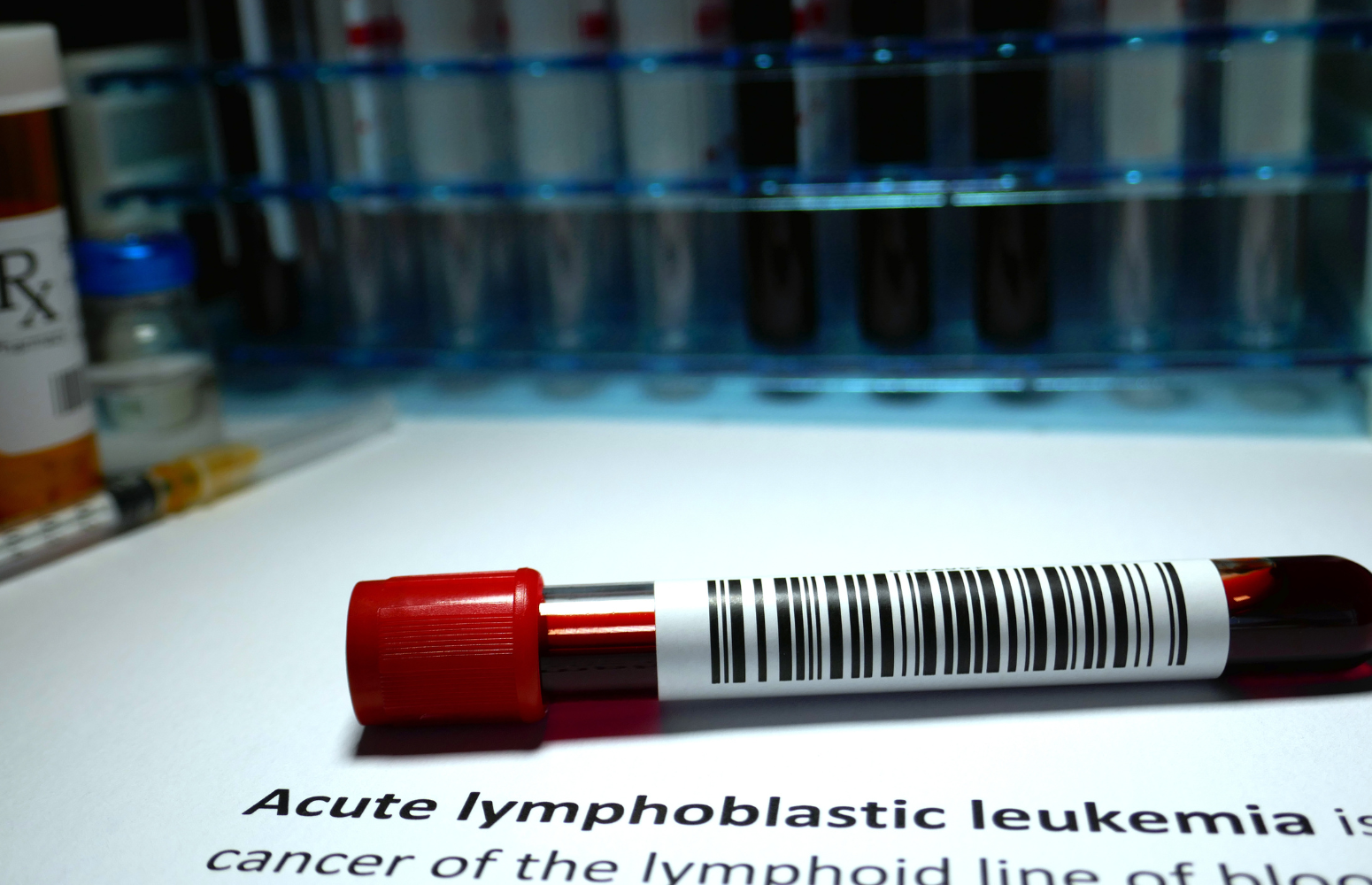Acute Myeloid Leukaemia: Understanding the Disease of the Blood

Acute Myeloid Leukaemia: Understanding the Disease of the Blood
Among the body fluids blood plays a major role in vital functioning of our body. It carries oxygen, nutrients to all organs and acts as a scavenger by carrying waste products to respective organs for further processing where they are removed from the body. The blood consists of four main components which are red blood cells, white blood cells, platelets, and plasma. These components are produced in the bone marrow which is the spongy tissue inside your bones. The myeloid stem cells originated from the bone marrow further differentiates into white blood cells, red cells, and platelets. When there is abnormal or uncontrolled production of these undifferentiated myeloid cells (called myeloblast) cause fast growing cancer of the bone marrow and blood known as Acute Myeloid Leukaemia.
What Causes Acute Myeloid Leukaemia (AML)?
AML is caused due to the changes that occur in our genes in the DNA of the Myeloid cells. Yet it is still unknown as to what triggers the change. However, there are few risk factors that increases the risk of AML which includes:
Older Age – Acute myelogenous leukaemia is most common in adults age 65 and older.
Gender – Global data shows men have about a 1.5 times higher risk of developing AML as compared to women. This could be due to higher exposure to like smoking, industrial chemicals and radiation in male dominated jobs and hormonal differences.
Genetic Changes: Some people are born with gene mutations that make them more likely to develop AML later in life. Other mutations happen over time due to aging or environmental exposures.
Previous Cancer Treatments: Chemotherapy and radiation, while life-saving, can sometimes damage bone marrow cells and trigger AML years later.
Chemical Exposure: Long-term contact with chemicals like benzene (found in gasoline and industrial solvents) has been linked to AML.
Blood Disorders: Conditions like myelodysplastic syndrome (MDS) can turn into AML if not treated early.
Family History: Rare genetic conditions like Down syndrome increase AML risk.
How Common Is AML? (Global & Indian Statistics)
AML is more common in older adults, with most cases diagnosed after age 65. According to GLOBOCAN 2022 (a global cancer database):
Worldwide: About 119,000 people are diagnosed with AML each year, and sadly, around 95,000 die from it. The survival rate is around 30% for adults, but younger patients often do better.
In India: Roughly 6,000 to 8,000 new AML cases occur yearly. Many patients face delays in diagnosis due to lack of awareness, limited access to advanced tests, and high treatment costs.
What Are the Symptoms of AML?
Since AML affects blood cell production, symptoms often include:
Extreme tiredness and weakness (due to low red blood cells).
Frequent infections (because of a shortage of healthy white blood cells).
Easy bruising or bleeding (such as nosebleeds or gum bleeding, due to low platelets).
Bone pain (as leukemia cells build up in the marrow).
Fever, night sweats, and unexplained weight loss.
These symptoms can appear suddenly and worsen quickly, so seeing a doctor early is crucial.
How Do Doctors Determine the Severity of AML? (Risk Stratification)
Not all AML cases are the same—some are more aggressive than others. Doctors classify AML into low, intermediate, and high-risk categories based on:
Genetic Testing: Certain gene changes (like FLT3 or NPM1 mutations) help predict how well treatment will work.
Age & Overall Health: Younger, fitter patients usually respond better to strong chemotherapy.
Response to Initial Treatment: If cancer cells disappear after the first round of chemo, chances of long-term survival improve.
Why Does Risk Stratification Matter?
Low-risk AML may be cured with chemotherapy alone.
Intermediate-risk AML might need chemotherapy followed by a stem cell transplant.
High-risk AML often requires stronger treatments, like targeted therapy or clinical trials.
This personalized approach helps doctors choose the best treatment while avoiding unnecessary side effects.
What Are the Treatment Options for AML?
1. Chemotherapy
The standard first treatment is “7+3” chemotherapy—a combination of two drugs given over 7 days. This kills leukaemia cells but also affects healthy cells, causing side effects like hair loss, nausea, and low blood counts.
2. Targeted Therapy
Newer drugs specifically attack cancer cells without harming normal cells as much. Examples include:
FLT3 inhibitors (Gilteritinib, Midostaurin) for patients with FLT3 mutations.
IDH inhibitors (Ivosidenib) for those with IDH1/2 mutations.
3. Stem Cell Transplant
For high-risk patients, a bone marrow transplant (from a donor) may be the best chance for a cure. However, it is a complex procedure with risks like infections and graft-versus-host disease (where donor cells attack the body).
4. Supportive Care
Since AML weakens the immune system, patients often need:
Blood transfusions (to replace red cells and platelets).
Antibiotics (to prevent infections).
Pain management (for bone pain).
5. Special Case: APL (A Highly Curable Subtype)
A rare form of AML called acute promyelocytic leukemia (APL) is treated differently—with vitamin A-based drugs (ATRA) and arsenic trioxide, leading to cure rates above 90%.
Hope for the Future
While AML remains a serious disease, advances in genetic testing, targeted therapies, and immunotherapy are improving survival rates. Early diagnosis and access to specialized care are critical—especially in countries like India, where awareness and healthcare access vary widely.
If you or a loved one experience persistent fatigue, infections, or unusual bleeding, consult a doctor promptly. With the right treatment, many AML patients can achieve remission and lead fulfilling lives.
